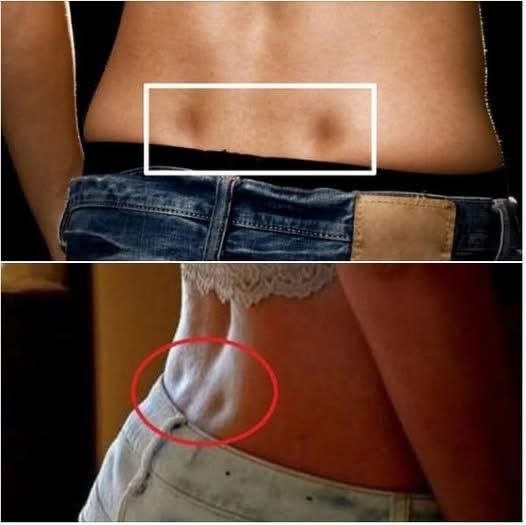Have you ever noticed two small indentations on your lower back, just above the buttocks? These small, symmetrical hollows are commonly known as lower back dimples, or more specifically, “dimples of Venus” in women and “Apollo holes” in men.
While these subtle indentations may be associated with beauty or physical fitness in popular culture, what do they really mean? Are they medically significant? Can they tell you anything about your health?
This article explores the anatomy behind these lower back dimples, their origin, and what science actually says about them—free from myths and speculation.
What Are Lower Back Dimples?
Lower back dimples are small indentations located near the lower part of the spine, usually on either side of the sacroiliac joint. These dimples are not medical conditions but rather natural variations in anatomy. They are typically caused by the structure of the posterior superior iliac spine (PSIS), which is part of the pelvic bone.
In simple terms, these dimples occur where skin and ligament tissue are drawn inward due to the underlying bone structure. They are most visible in individuals with low body fat and well-defined musculature in the lower back and pelvic region.
Why Are They Called “Dimples of Venus”?
The name “Dimples of Venus” is a nod to Venus, the Roman goddess of love, beauty, and fertility. These dimples have been romanticized in literature and visual art for centuries as features of physical allure, especially among women.
In contrast, when they appear on men, they are sometimes referred to as “Apollo holes,” named after Apollo, the Greek god associated with strength and youthful beauty.
Though these names are based on mythological references, they have no bearing on medical or scientific classifications.

Leave a Reply